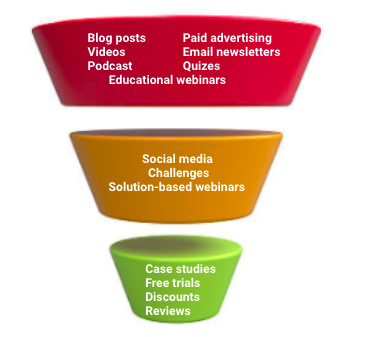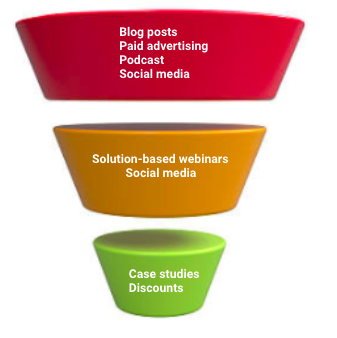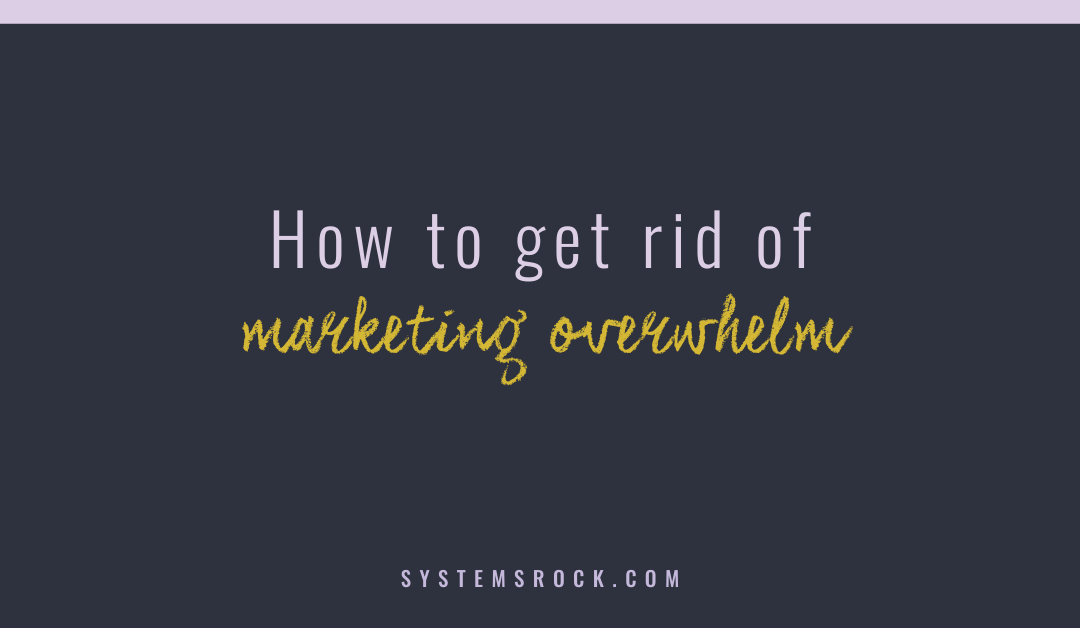Marketing can get pretty overwhelming. There are countless ways to market your offerings that can be used in various strategies. And, for each one of those strategies, there is a plethora of tools and software to help you “make things easier.”
The problem is, nothing gets easier before it gets complex. Which is why just thinking of all of that can make your head spin!
The question then becomes, with so many options to choose from, how do you decide what marketing methods to focus on? What strategies to test? What new technologies to invest into?
Though it’s tempting to put in more hours (yours or your team’s) to implement as much as possible, there is a smarter way.
Here’s your two-part process:
First, map out your customer journey.
The three most critical questions to ask to figure out your customer journey are:
- How does my audience, i.e., people with the type of problems we solve, become aware of us?
- What content speaks best to them? What gets our audience to conclude “yes, I see you can actually solve my problem, I want to hear more from you.”
- How do we help those people feel compelled to buy from us?
A customer journey map then is nothing else but guiding your audience along the path of:
Becoming aware of you => building trust in you that you could solve their problem => giving you their money to solve their problem.
Here are a few examples of what content falls into each category:

So, your customer journey might look like:

Once you’ve mapped out your customer journey, it’s time to proceed to the next step to figure out what marketing to focus on.
Second, review (or start tracking) the numbers that helps you see what marketing channels bring in leads that actually become buyers.
For example, if you use blogging as a way to attract new leads, you might want to track:
- The ways your audience gets to your blog in the first place (Through social media, newsletter, paid ads?)
- Number/percentage of readers who stay long enough to read the blog post (Is your blog post engaging enough?)
- Number/percentage of readers who follow the call to action you ask of them to ensure that you can continue the conversation with them
- Your top blog posts (based on the number of visitors or the number of comments)
- And, ultimately, what percentage of your sales comes from people who have found you through your blog compared to other marketing methods?
I realize that some numbers will be more challenging to get than others. That’s OK. If you don’t have access to some numbers, start with the numbers that you can get access to.
Your goal is to gradually create a picture of how effective your marketing efforts are. Once you have that picture, you will clearly see what marketing activities you should continue investing your resources into and which ones you can safely let go of.
It is easy to get overwhelmed by all marketing options unless you know what works and what brings a return on your investment. Then, it’s simply running with what works!


